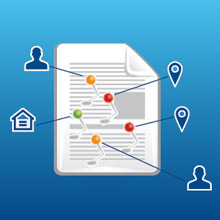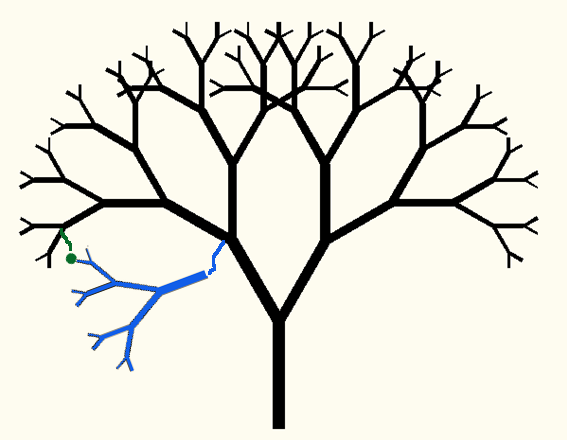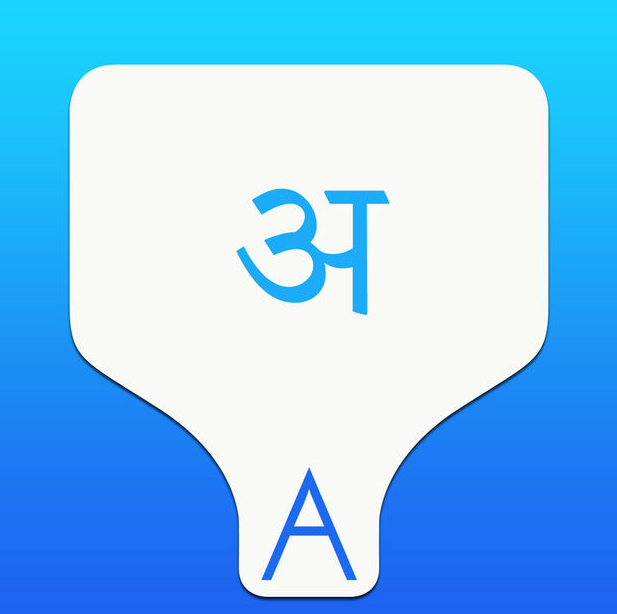About Me
I am a graduate student working towards a Masters degree in Computer Science at The Johns Hopkins University.
In a previous life I was a Deep Learning Research Software Engineer, working at Liv.ai, which has since been acquired by Flipkart.com, one of India's largest Ecommerce companies. My experties lie in applying deep learning methods to solve a large variety of NLP problems











